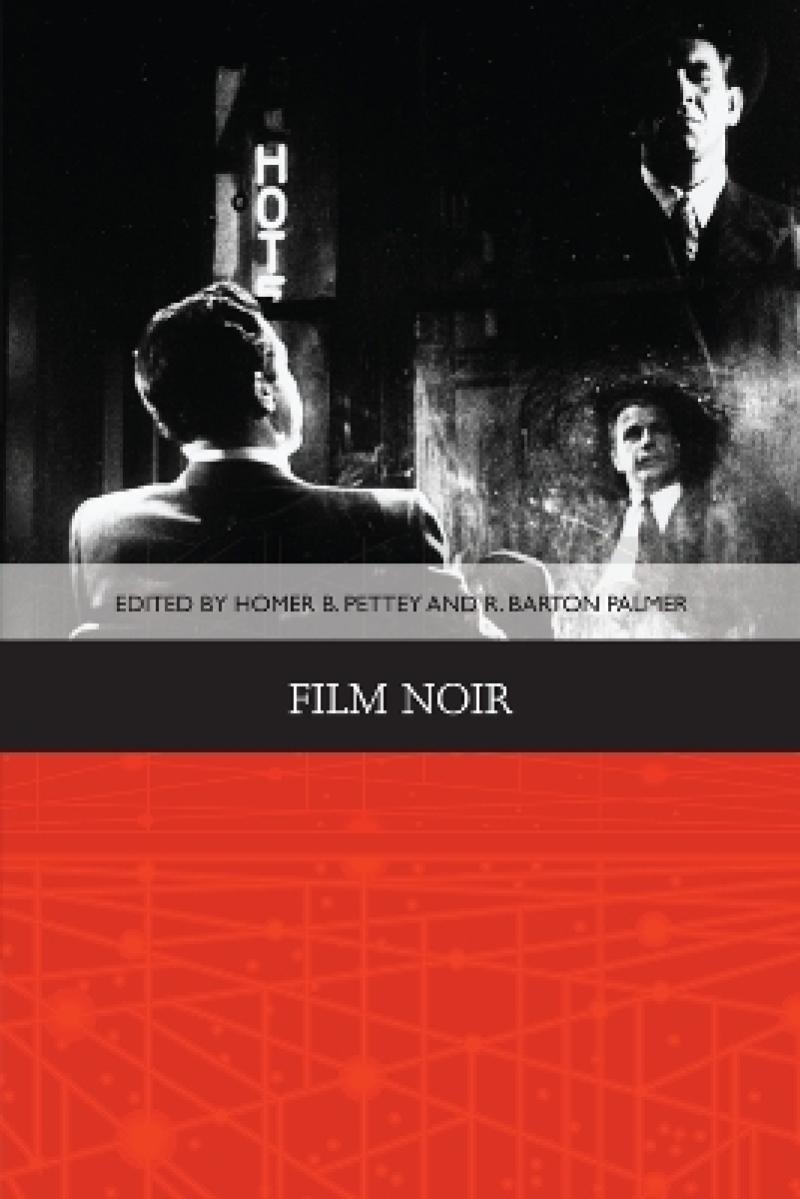This volume of essays which views film noir as both a global cinematic aesthetic and social/political expression will be invaluable for those new to film noir as well as to established scholars within the field. Comprehensive and helpful guides to viewing and reading round off what is a highly readable collection.
- Deborah Cartmell, De Montfort University, Leicester,
Explores the development of film noir as a cultural and artistic phenomenon. This book traces the development of what we know as film noir from the proto-noir elements of Feuillade’s silent French crime series and German Expressionism to the genre’s mid-twentieth century popularization and influence on contemporary global media. By employing experimental lighting effects, oblique camera angles, distorted compositions, and shifting points-of-view, film noir’s style both creates and comments upon a morally adumbrated world, where the alienating effects of the uncanny, the fetishistic, and the surreal dominate. What drew original audiences to film noir is an immediate recognition of this modern social and psychological reality. Much of the appeal of film noir concerns its commentary on social anxieties, its cynical view of political and capitalist corruption, and its all-too-brutal depictions of American modernity. This book examines the changing, often volatile shifts in representations of masculinity and femininity, as well as the genre’s complex relationship with Afro-American culture, observable through noir’s musical and sonic experiments.
Key features
Traces the history of film noir from its aesthetic antecedents through its mid-century popularization to its influence on contemporary global mediaDiscusses the influence of literary and artistic sources on the development of film noirIncludes extensive bibliographies, filmographies and recommended noir film viewingConcludes with a reflective chapter by Alain Silver and James Ursini on their own influential studies and collections on film noir criticism
Les mer
This book traces the development of what we know as film noir from the proto-noir elements of Feuillade’s silent French crime series and German Expressionism to the genre’s mid-twentieth century popularization and influence on contemporary global media.
Les mer
Acknowledgements; Notes on Contributors; List of Figures; The Noir Turn, Homer B. Pettey; 1. The Cinema of Uncertainty and the Opacity of Information from Louis Feuillade’s Crime Serials to Film Noir, Vicki Callahan; 2. Warning Shadows: German Expressionism and American Film Noir, Janet Bergstrom; 3. Hard-boiled Tradition and Film Noir, Homer B. Pettey; 4. Cold War Noir, R. Barton Palmer; 5. Noiring the Pitch: The Conflicted Soundtracks of Out of the Past, The Blue Gardenia, and The Long Goodbye, Krin Gabbard; 6. Split Screen: Sound/Music in The Stranger/Criss Cross, Robert Miklitsch; 7. Gender and Noir, Elisabeth Bronfen; 8. The Subversive Shade of Black in Film Noir, Charles Scruggs; Postscript: A History of Our Writing about Film Noir, Alain Silver and James Ursini; Selected Reading Guide to Film Noir: Book and Book Chapters; Selected Viewing Guide to Film Noir; Index.
Les mer
Traces the history of film noir from its aesthetic antecedents through its mid-century popularization to its influence on contemporary global media
Produktdetaljer
ISBN
9780748691074
Publisert
2014-11-11
Utgiver
Edinburgh University Press; Edinburgh University Press
Vekt
497 gr
Høyde
234 mm
Bredde
156 mm
Aldersnivå
UU, UP, 05
Språk
Product language
Engelsk
Format
Product format
Innbundet

